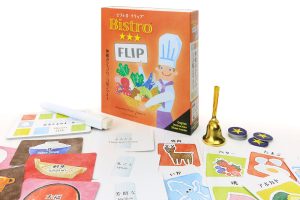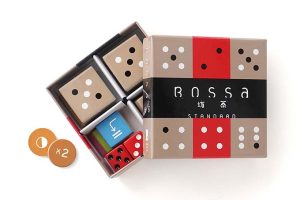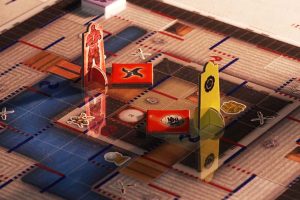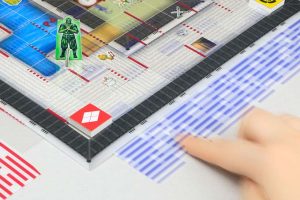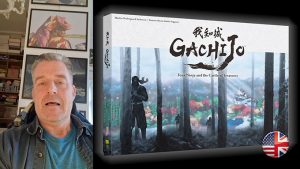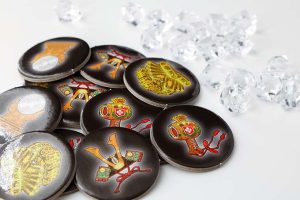::
GACHIJO - Four Ninja and the Castle of Treasures: Episode 4
Written by Hiroshi Maeda, GACHIJO team leader
:::
Hi Ninjas!
I am Hiroshi Maeda, GACHIJO team leader.
Today, I would like to write about the second feature of GACHIJO - Four Ninja and the Castle of Treasures, the Ninja attacks and defenses with ninja weapons.
:::
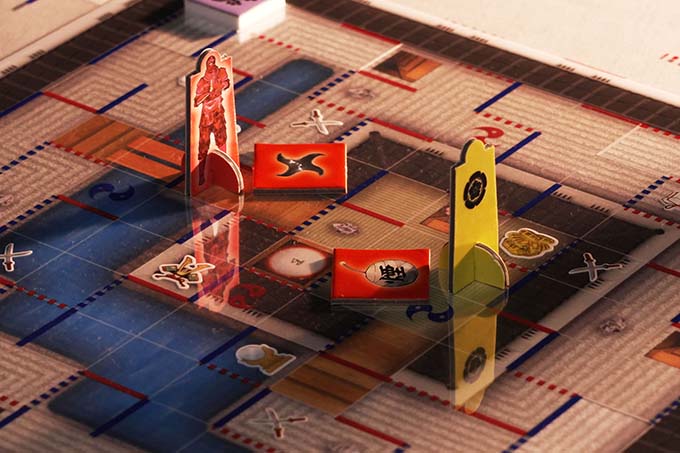
:::
An Enjoyable Player Interaction Experience!
GACHIJO - Four Ninja and the Castle of Treasures is a treasure quest game in which you use your wits and ninja skills to gather mysterious treasures in a moving maze. In my previous column [→ GACHIJO Designer’s Diary 03], I wrote about "conquering the moving maze," and this time I would like to talk about "conquering an opponent".
I think, in terms of game design it is possible to create a game with just the "conquering a moving maze" element. It is also possible to make an abstract game in which players use their wits and play individually, and I think some people prefer that kind of game.
However, as a matter of principle, when we design games we always want to include elements of "player interaction" and "luck" in our games. Even in our previous game, Bossa, although it looks abstract-like, we have made sure to include interaction with Action Cards and the element of luck of the draw.
One of the interaction elements in GACHIJO is the "Ninja attacks and defenses". This means attacking other players, escaping from attacks, and getting hit by attacks.
Here is what it looks like. ↓ Watch the 20-second video.
:::
:::
"A Successful Attack" is one of the requirements for completing a mission
In GACHIJO, each player is required to complete the missions set out in the Mission Cards*. In the mission example in the photo below, the third row from the top says "Shinobi, one or more". The Shinobi here refers to the reward tokens received for a successful attack. It means that the mission requirement is to succeed in one or more attacks.
*There are four types of Mission Cards to choose from, according to difficulty level. The photo is an example of difficulty level 3.
:::

:::
To attack another ninja, you must surreptitiously creep up to a position* where you can attack your opponent. To do so, you will need to be clever in sliding the walls of the maze. No ninja will want to finish their turn in a position where they can be attacked easily.
Once in the attack zone, the "Ninja attacks and defenses" comes into play. The attack is unsuccessful if the opponent escapes, and successful if the opponent is defeated.
For detailed rules, please click here [→ Using Weapons].
*The position and range in which you can attack a target depends on the type of weapon you are using.
:::

:::
In the case of a failed attack, nothing is gained, but in the case of a successful attack, one item (Treasure, Crystal, or Tool) is taken from the opponent and a Shinobi reward token is obtained.
A defeated ninja is sent back to their own Base injured, and their moves and actions are restricted for the next turn. Since they are injured, they cannot go far, enter the Water or climb the Rooftop. At such times, you are lucky if you have Kusuri, medicine with you. It will heal your injury and the restrictions will be lifted.
:::
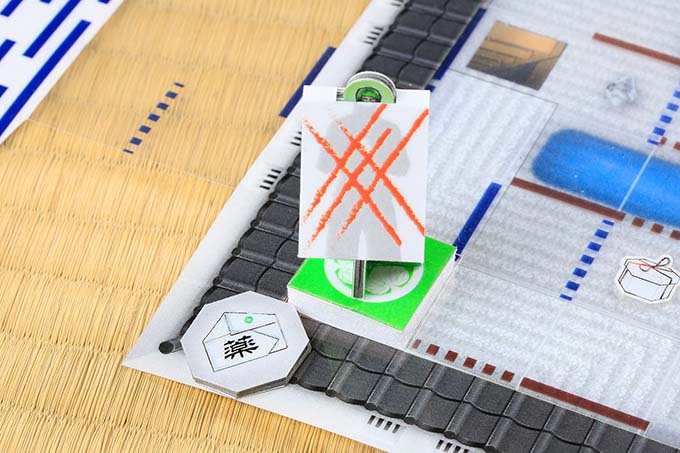
:::
Ninja Weapons in GACHIJO
Tsume, Claw
[Attacking Weapon] An armament worn on the back of the hand to stab the enemy at close range.
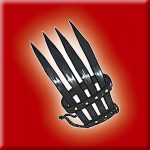
Katana, Ninja Sword
[Attacking Weapon] Shorter and less curved than a samurai’s sword. It is used to slash opponents from an oblique position.
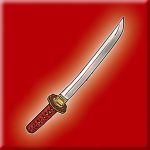
Shuri, Throwing-Knife
[Attacking Weapon] A weapon that is thrown to strike an opponent at a distance.

Kemuri, Smoke Bomb
[Escaping Weapon] Generates a smoke screen, allowing the ninja to escape while out of the opponents sight.
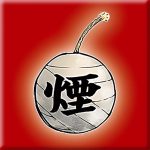
:::
Side Story: Historical Fact and Fiction
Ninjas do not carry many tools or weapons
In GACHIJO, the number of weapons and tools a ninja can possess at one time is limited to three each. Although there are indeed numerous types of ninja weapons and tools, only a very limited number were carried during operational activities. The Ninja needed to be light enough to be able to act stealthily at all times. Instead, they would hide their tools and weapons in various places in the area where they planned to operate, and retrieve and use them as needed.
The game's restrictions on weapon and tool possession and the system for acquiring weapons and tools along the way on a mission are based on this historical fact.

Ninja weapons whose main purpose is not to kill
Samurai and ninja may both seem similar, but there is a big difference. That is that a samurai is a soldier and a ninja is a spy. While soldiers kill each other for life or death, spies are on a mission to bring back something important "alive," so it is no good to die yourself, and there is no need to kill your opponents in vain. Therefore, the main purpose of the ninja's weapons was to reduce the ability of those who interfered with their mission to act, and they were characterized by being compact and easy to hit, although their destructive power was weak.
This is the origin of the concept in GACHIJO that a ninja never dies, but if injured, their abilities are restricted.
Self-imposed spell: I'll be absolutely ok!
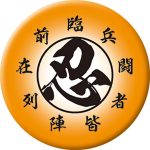
The Kanji characters printed on the Shinobi reward tokens have a meaning, and represent the nine signs (poses) of the ninja in the art of Kuji Goshinho (Nine Character Self-Defense).
It is difficult to accurately translate "臨兵闘者皆陣列在前", but it means, "When I go into battle, I myself will take the lead". By chanting this and making a sign, the ninja encouraged themselves and implied to themselves that they would be all right, and they would be able to face any hardship.
:::
So, although this game is fictional, it also incorporates quite a few settings based on historical facts.
For this game, we have stayed and researched in Iga, a place at the forefront of academic ninja research and known as one of the birthplaces of the ninja. (We even got to experience throwing a shuriken!).
The results of our research there are reflected in the game's setting.
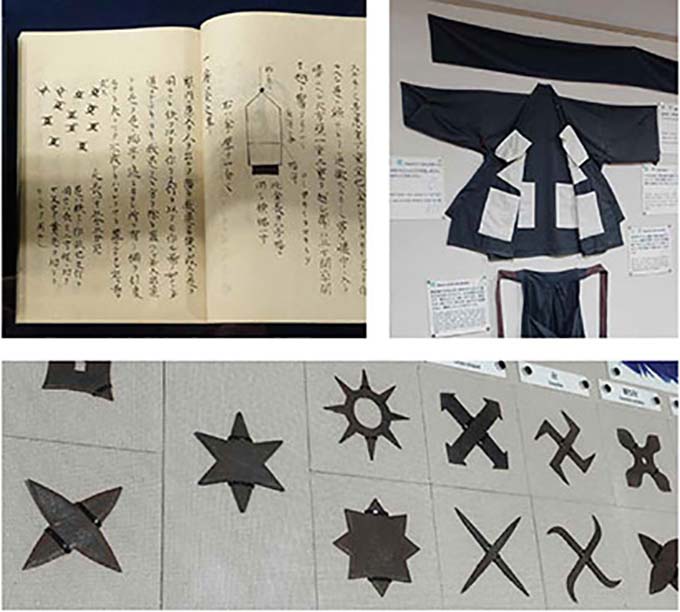
:::
Thank you everyone for reading!
We hope we can share this game with the world. If you are interested, please subscribe to our newsletter.
Hiroshi Maeda, GACHIJO Team Leader
:::
To get the launch information for GACHIJO - Four Ninja and the Castle of Treasures, subscribe to our newsletter!
Banana Moon Games newsletter subscribers will be notified when GACHIJO launches.
Subscribe now! → Google Form
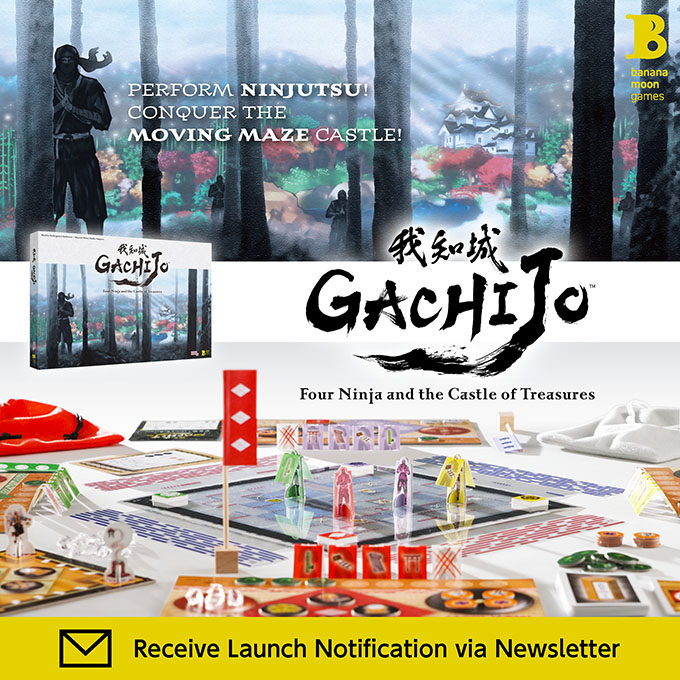
:::
Martin Nedergaard Andersen is a Danish game designer who has published +250 different games around the world. His first work was published in 2007. Outside of inventing games, Martin immerses himself into the world of travel 4-7 months of the year and is also a writer and photographer documenting his travels. The original design of ‘Gachijo’ was developed in collaboration with the team from Banana Moon Studio Sapporo.
Banana Moon Studio Sapporo is an innovation and creative design company led by Hiroshi Maeda who has won many awards in Japan. They are based in Hokkaido, the northernmost part of Japan, and 2020 marked their 30 year anniversary since the company was founded. They started making games in 2019 and publishing games under the brand name Banana Moon Games. They have created 15 game titles, and have run a few successful Kickstarter campaigns including the beautiful 2 player game made by local paper artisans in Japan, “Bossa” and “Bossa 2023”.
